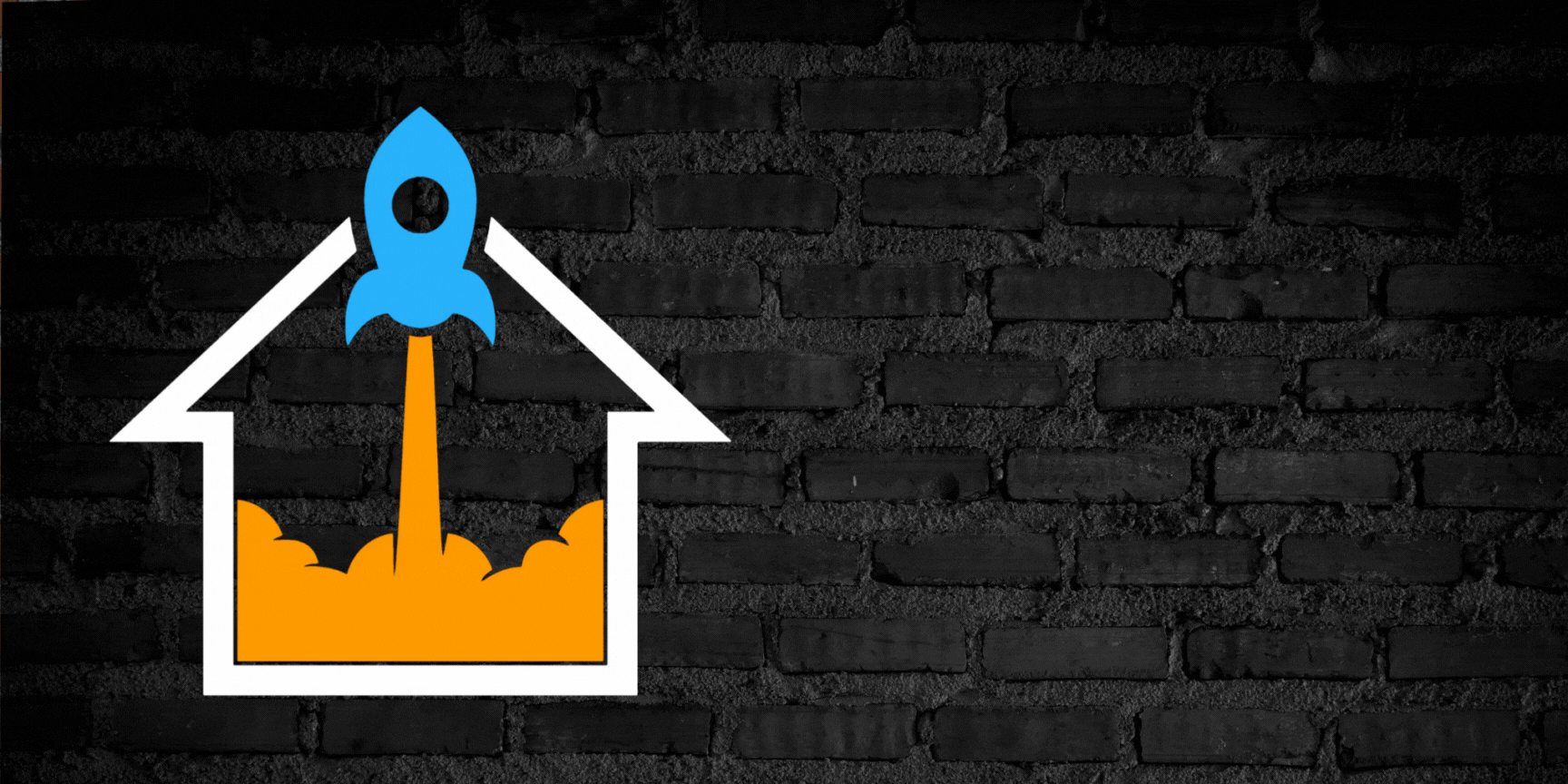In this article:
- How to Sell a Home with Deferred Maintenance As-Is
- The Importance of a Complete Disclosure Package
- Pricing Considerations for Homes with Deferred Maintenance
- How to Price a Home with Deferred Maintenance
- Selling For the As-Repaired Price in “Fixer Upper” Condition
One question I get over and over is, “How Does Deferred Maintenance Impact Sale Price?” for homes in the Bay Area. This is an issue that often comes up along the way regardless of if you are buying or selling a home. In this article, though, I’ll be looking at it primarily from the perspective of the seller. And what I have to say about this may surprise you – so please keep reading all the way through til the end.
One of the primary issues that plague both buyers and sellers is deferred maintenance. Deferred maintenance in real estate refers to the practice of delaying or waiting on doing maintenance tasks around your home. If you took an objective look around your home, you’d probably see a few examples of deferred maintenance, like a rotting trim around the garage door, worn-out carpet, flaking paint, a double-paned window that is fogged due to a failed seal, or something else that you’ve continued to put off. We all have those items that just never got checked off the to-do list.
Make no mistake about it, you can sell any home in any condition in the Bay Area. It really doesn’t matter what kind of condition a home is in; you can sell it. In fact, you can sell a property that has been completely destroyed by fire and has nothing left standing other than a back wall. Property in the greater San Francisco Bay area is in such high demand that someone will make an offer on the property (provided it’s priced right).
How to Sell a Home with Deferred Maintenance As-Is
One of the keys to a successful sale of a home with deferred maintenance in the Bay Area is to effect an as-is sale. When people talk about an “as-is sale”, they usually mean that they don’t want to do any work to the home before putting it up on the market. Maybe they’ll remove some of the clutter and mow the lawn, but for the most part, they don’t intend to do any repairs or significant cosmetic improvements prior to listing it for sale.
When REALTORs talk about an as-is sale though, we’re usually referring to the contractual term. The standard California Residential Purchase Agreement contains language that states that the sale is to be as-is, in paragraph 25D as shown below:

RPA Paragraph 25D
From a contractual point of view, regardless of whether or not any pre-sale improvements were made to the property, the buyer is agreeing to take the home in whatever its current condition, on the date that they made their offer. Unless otherwise written, the contract says that the seller will not be required to do any repairs, or give credits or price reductions for any work the buyer feels the property may need.
The Importance of a Complete Disclosure Package
The key to successfully selling a home as-is is that the seller make a full and complete disclosure as to the home’s present condition. This means the seller will do the basic pre-sale inspections, and possibly more specialized inspections (e.g. mold, roof, fireplace) and possibly get bids for major repairs (e.g. foundation, roof, retaining walls). Prior to accepting an offer, the buyer must sign-off on the contents of the package, confirming that they are aware of the property’s current condition and are agreeing to the terms of an as-is sale.
While a buyer is always responsible for doing their own due-diligence on a property, if the seller provides these inspections and bids up-front, it may be possible to get the buyer to waive their own due-diligence inspection contingency – but even if the accepted purchase contract does contain an inspection contingency (and almost every buyer would prefer to have one), by doing a complete and thorough set of pre-sale inspections ahead of time, the buyer’s room to attempt to renegotiate the contract as a result of their due diligence is quite limited.
The California Residential Purchase Contract also states what is to happen in the event that buyer decides to ask the seller to address any work that they feel the property needs, in paragraph 14B(2):

RPA Paragraph 14B(2)
The contract says that if the buyer asks the seller to make any repairs, or take any other action (e.g. issue a credit or lower the price), the seller has no obligation to agree to or even respond to the buyer’s request. The seller can simply ignore any such request from the buyer, because the buyer agreed to purchase the property as-is.
Of course, the seller will probably make some kind of response to the buyer – which, if the seller has done a good job on their pre-sale inspections and they have a strong REALTOR representing them, will probably be to tell the buyer to go fly a kite. There’s a form for that, too – the Notice to Buyer to Perform, which demands that the buyer remove their inspection contingency or within a short number of days (by default, that’s 2 days), the seller may exercise their option to cancel the contract.
At this point, the deal could fall apart, or the buyer or seller could relent and the deal will proceed to close – usually on the original terms of the as-is purchase agreement, or perhaps with some concessions made to the buyer. That’s the thing about real estate: everything really is negotiable.
Pricing Considerations for Homes with Deferred Maintenance
One of the most important factors that you will need to consider before selling your home that you have put off the maintenance on is that pricing matters. Obviously, pricing matters regardless of the condition of your home. You’re probably not going to sell a fixer-upper home for $1.6 million when that’s the price that pristine move-in ready homes in the neighborhood are going for.
Let’s assume that you have a 2,000 square-foot home in an area where homes routinely sell for around $800 per square foot. A quick glance at the numbers means that your home should sell for around $1,600,000. However, your home needs some paint, new carpet, the roof is shot, the windows need to be replaced, and you have a few other deferred maintenance tasks that need to be addressed (rusted out rain gutters, deteriorated flashing, a leaky sink faucet – the potential list is long!).
If you were to get an estimate on the cost to overhaul a property, you may find that it’s going to cost around $50 per square foot to do a laundry-list of work including some rot repair, painting, maybe some flooring, window replacement, etc. Since you have a 2,000 square foot home, that means that you are looking at around $100,000 in deferred maintenance costs. Now, it’s easy to assume that you’ll just knock off $100,000, sell your home, and someone will offer you $1,500,000 before doing the repairs themselves with the $100,000 that they saved.
But that’s simply not how it works.
It is really important that you accurately set the market price to reflect the cost of repair – and then some. Buyers will not purchase a home that needs $100,000 worth of deferred maintenance for $100,000 less than you believe the “as-repaired” value would be. There are several reasons for that. First of all, while fixer uppers have become popular in reality TV shows, many people who are buying homes, especially homes in an area like the Bay Area, do not prefer fixer uppers. Since home prices are so high, and the people who live in the area are professionals, they’d prefer a home that they consider move in ready. Obviously, they’re often willing to make a few upgrades to the home that makes it more of their style, but most buyers in Silicon Valley don’t want to buy a home that they feel will need considerable work before they move in.
Additionally, there is the fear that the home may need more than $100,000 worth of deferred maintenance work. While you may have provided an estimate on the things that you believe need to be done to the home, what if once the buyer begins working on the house, they discover that actually there’s a lot of rot behind the stucco because that wall was leaking, and there’s also a bunch of mold in the walls that will require remediation?
The buyer just doesn’t know. They can’t know. So they are going to need to factor in a buffer on the repair cost, knowing that it could well be higher than what you or they expect.
Perhaps most importantly, there is a question about where the buyer is going to get the additional budget to repair the property. Let’s assume that your $100,000 estimate meets all the buyer’s concerns for the home condition. Where are they going to come up with $100,000 to perform those deferred maintenance repairs? Remember, the buyer is out a lot of cash in this transaction. By the time they borrow enough money to buy the house, use their own funds as a down payment, pay closing costs, the price of moving, and any other number of fees associated with buying a new home, they may not have access to an extra $100,000 to pay for maintenance that you have deferred.
Which means that the buyer pool for your property is somewhat smaller, and will be limited to just those buyers who have that additional cash to do a lot of work after closing. And the fact that the buyer pool is smaller means…the price will have to be adequately lowered to address that fact.
How to Price a Home with Deferred Maintenance
I always let my seller clients know that they need to price the home below what they would consider to be as-is-market value. For the reasons that we just discussed above, a buyer who views your property and sees $100,000 in needed deferred maintenance costs simply isn’t going to offer you the “after repaired” price of your home, minus $100,000. They’re going to offer less.
But how much less? What’s the formula?
Well, there isn’t a perfect, constant mathematical formula. However, I generally encourage my buyers to price their home with a price that takes off at least 150% of the price of repairs. That means that you would list your hypothetical $1,600,000 home for no more than $1,450,000.
That’s not because your home is a “dump.” Instead, it’s because we have to find a way to create a sense of value in the property. When a buyer believes that they can get a home that’s worth $1,6000,000 for $1,450,000, even if it has some deferred maintenance, they’re more apt to make a competitive offer on the property.
Yes, you can absolutely sell a home in the Bay Area that has some deferred maintenance issue, which is a very common in Silicon Valley due to the age of most housing stock. Additionally, there are benefits of pricing things lower. Not only does the buyer perceive a greater value, but you may be able to generate even more interest in your property. Remember, the three biggest factors in real estate are location, location, and location. If you competitively price your home, deferred maintenance and all, in a good neighborhood, the offers will most certainly come pouring in.
Selling For the As-Repaired Price in “Fixer Upper” Condition
But what if you want to have your cake and eat it too? What if you want to sell your “bit of a fixer-upper” home for the move-in ready price? Can it be done?
It’s been known to happen. And that’s because there are so many factors that go into the final sale price. Like location, lot size, square footage, floor plan, landscaping, the way it is marketed and negotiated…the list goes on.
The key to getting the highest price possible – on-par with those “move-in ready” homes – is so set the price low enough that you get a fierce bidding war going. When you have a truly epic bidding war, you find every possible buyer for your property, who will all find different things they value in the property. Some of them won’t mind the deferred maintenance, because almost regardless of the condition of they home, they’re pretty much planning on blowing most of it, anyway? What if there’s a well-heeled buyer out there who actually likes orange shag carpet and avocado green counter tile?
The best chance you have for selling your home which “needs a little work” for the same price as those more-polished homes is to just set the price at the point where you get a frenzy going, and have buyers compete for the privilege of buying your home. You will be surprised how much more you might get for it, if you use an aggressive pricing strategy.
With an aggressive pricing strategy, you can probably get everything you want when you sell your Bay Area home with deferred maintenance. You can get a really high price, an as-is sale, a fast closing, and often with no buyer contingencies whatsoever – and maybe even a lot of other really favorable terms too, like a free rent back or leaving behind any personal property (i.e., junk) you don’t want to take with you.
It turns out, I specialize in just these kind of homes and just this kind of strategy. If you’d like to talk to someone who knows how to get you the highest price possible on homes that need some work, please contact me today.




